Legacy Arrow Dynamics
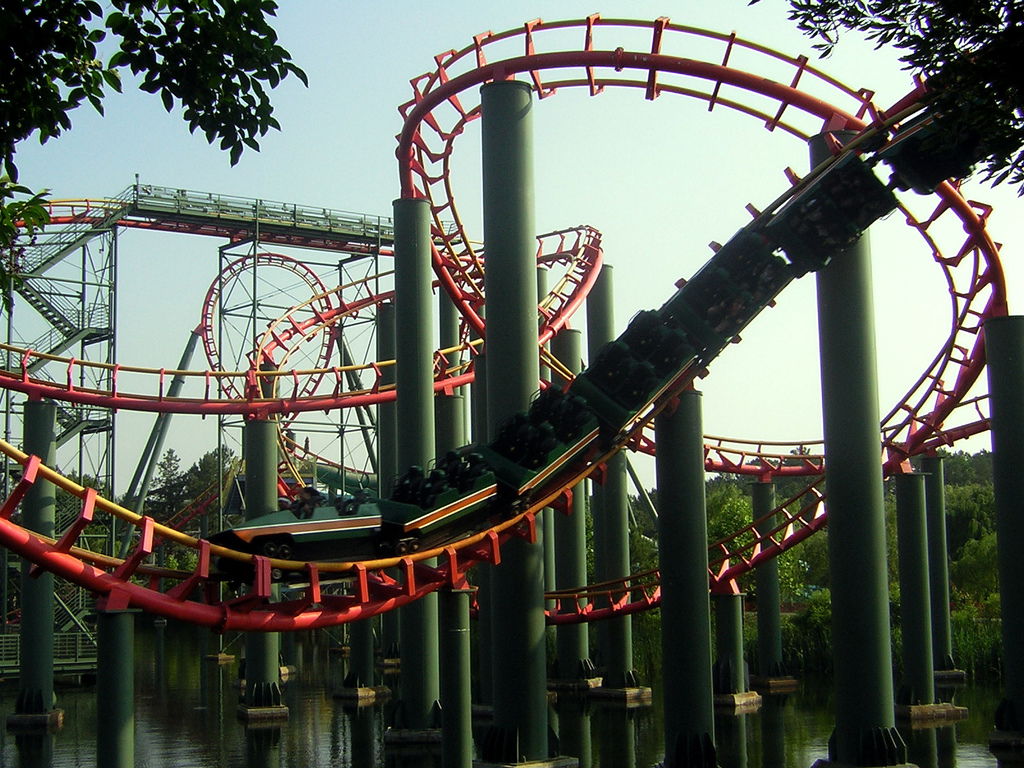
We owe a lot to Arrow Dynamics — yes, a lot more than backaches and sore necks after disembarking what once was the pinnacle of the roller coaster universe. Arrow brought us the first golden age of steel roller coasters during the late 1970s and early '80s — a time when its twisted-coat-hanger-inspired creations were the hottest commodity in the theme park universe.Arrow came from humble beginnings as a small metal shop that specialized in building carousels after the second World War. But it got its big break when Walt Disney decided he wanted to turn the theme park business on its head. Arrow was tasked with building several of the Fantasyland creations still bringing joy to guests today, but its most famous creation rests on the border of Tomorrow and Fantasy — which is fitting.
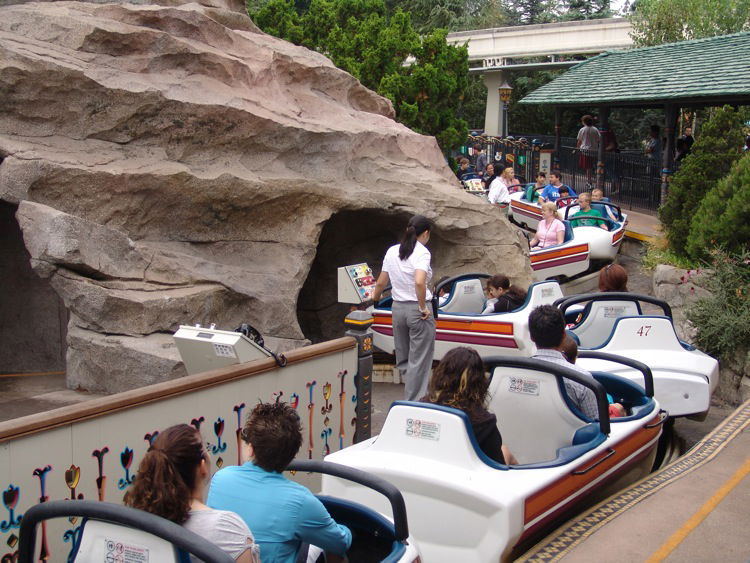
The Matterhorn Bobsleds get a bad rap for being a little rough-and-tumble. Those complaints aren't all wrong by any means, but perhaps we expect too much out of the first tubular steel roller coaster ever built. We don't think of Disneyland as a pioneer in thrill ride technology, but it was Walt Disney who kicked off the great roller coaster revolution by bringing a smoother ride to the famous thrill machines.
Developing ride systems for Disney isn't a bad way to grow your burgeoning ride design business, and Arrow created the systems for It's A Small World, Journey Through Inner Space, and the Haunted Mansion, while inventing the log flume on the side. The first log flume was built at Six Flags Over Texas in 1963 and is still in operation. El Aserradero (The Sawmill) was one of Arrow's earliest partnerships with Six Flags, but it wouldn't be the last.
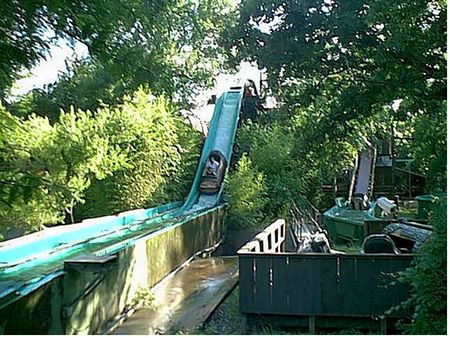
Only five of Arrow's 10 suspended coasters are still operating, but all but one of them are in North America. With the Big Bad Wolf's closure at Busch Gardens Williamsburg a couple years back, we may be looking at this breed of coaster going extinct in the near future.
Arrow briefly left the inversion genre to try out hyper coasters. From 1989-94 it built five hyper coasters and all are still operating today. These are not the graceful rolling hills we've become accustomed to on B&M hypers, and they lack the intensity of a hyper built by Intamin, but their rawness inspired the creations that would come later.
While Arrow is most famous for its standard sit-down coasters, it's also the father of the inverted roller coaster. The first suspended coaster opened at Kings Island in 1981 and the outright intensity of The Bat created a legend, while the resulting physical stress on the equipment eventually led to its closure. Not dissuaded by its initial failure, Kings Island opened Top Gun — another suspended roller coaster that will become The Bat next year after toiling under the name Flight Deck for the past few seasons.
In 1990, Arrow might have reached its peak, when Viper opened at Six Flags Magic Mountain and the sprawling, inversion-filled monster raised the bar of what was truly terrifying to a whole new level. It is the only of Arrow's three seven-inversion coasters still operating, and today stands over the Magic Mountain skyline as a sort of dinosaur skeleton — reminding us what preceded the coasters to follow.
When it opened, Viper was the tallest and fastest roller coaster in the world, with a height of 188 feet and top speed of 70 miles per hour. It also held the record for the "tallest loop" until Full Throttle smashed it this past summer. Riding it now, it's hard to think of a time when this was the pinnacle of the thrill ride experience, but I can appreciate the history as I brace myself for the head banging that comes during the two-minute attraction.
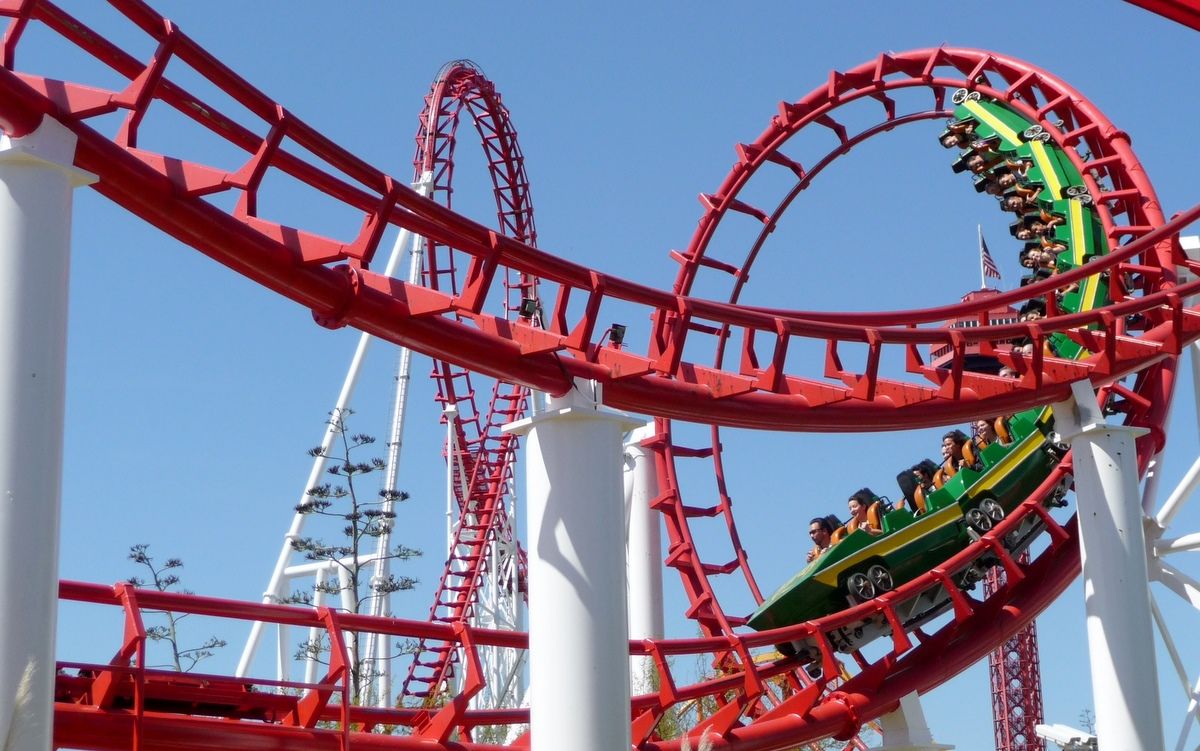
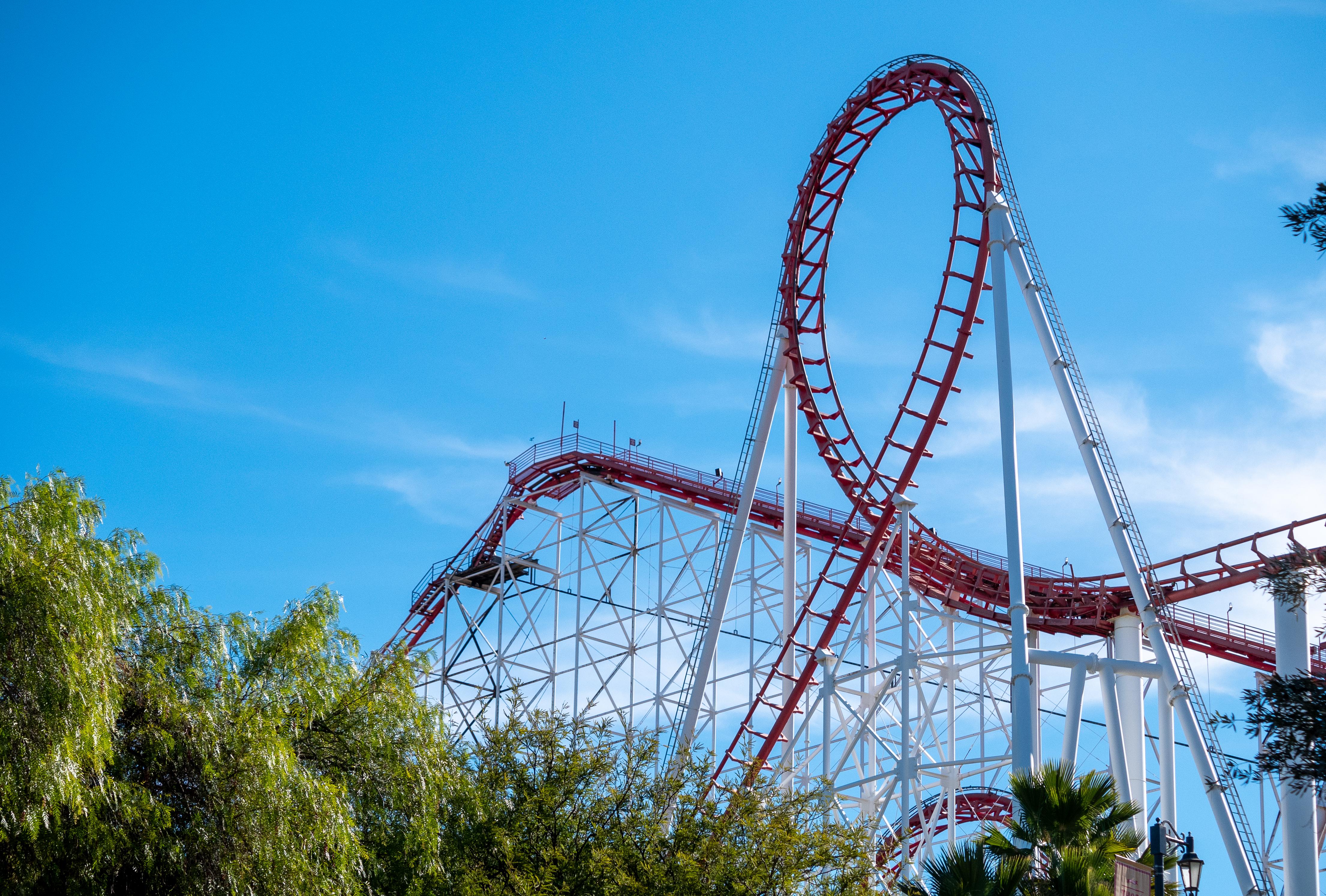
Arrow might have hit its pinnacle in the early 90s, but it also saved its most ambitious work for last. The company was in dire financial straits when it built X — the world's first 4th dimension roller coaster. (It's now been rebuilt as X2.) The ride was unlike anything experienced before. You are strapped into seats that extend from the side of a large center chassis, and as you traverse the course the seats flip forwards and backwards in pre-determined patterns. But with great innovation come great risk and as mechanical problems mounted in X's first season, Arrow went bankrupt and was sold.
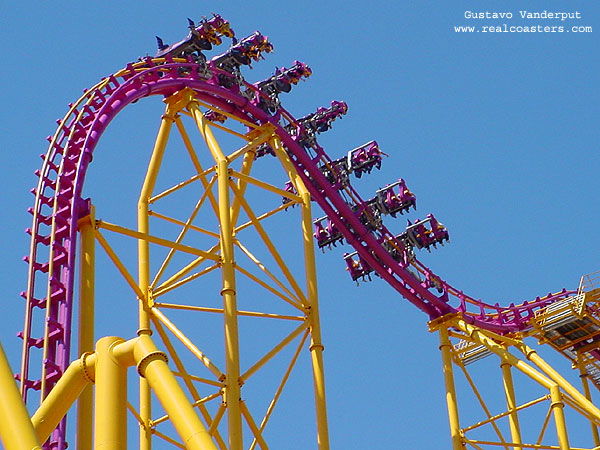
The company was scooped up by S&S Power, which has gone on to use some of Arrow's designs, including the 4th dimension coaster, but the Arrow brand died with the company in 2002. Unable to compete with newer firms like B&M and Intamin, Arrow is now relegated to the history books.
